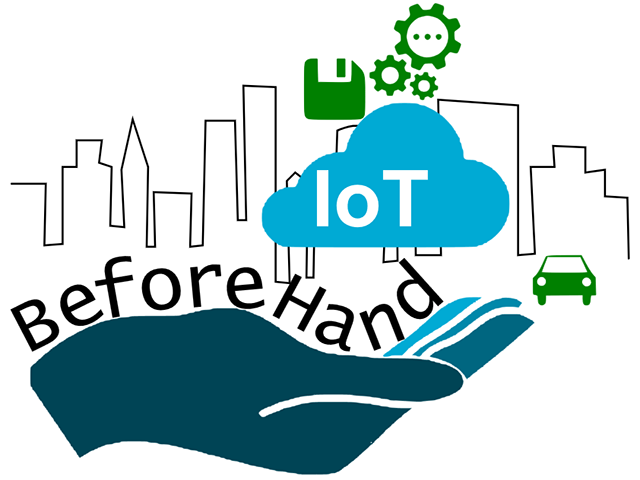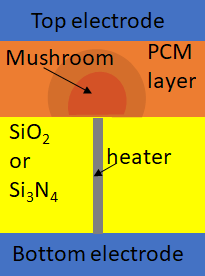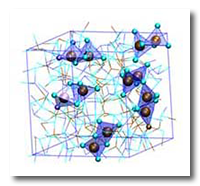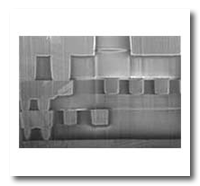|
Get Ready for a New Era of Automotive Which trends and technologies will have the greatest impact on the automotive industry in the coming year? What new market scenarios will emerge from the socio-economic context that is still in a phase of profound evolution following the pandemic emergency? BeforeHand research could help answer some key issues within: • The transition towards an increasingly sustainable mobility; • The adoption of new technologies and connectivity systems on board vehicles. BeforeHand investigates novel devices to enhance the automation capabilities of advanced driver assistance systems to safely enter the journey to self driving cars. This will change profoundly the way we travel! |
 It aims at establishing the foundations of a new technology, suitable for the implementation in networks of Electronic Smart Systems (ESS) exploiting the capability of phase-change materials (PCMs) to process and store data in the very same physical place, with particular focus on automotive applications.
It aims at establishing the foundations of a new technology, suitable for the implementation in networks of Electronic Smart Systems (ESS) exploiting the capability of phase-change materials (PCMs) to process and store data in the very same physical place, with particular focus on automotive applications.
The ESS of the future should be able to sense its environment, locally store and process the information, as well as communicate with other objects in a network. Within our project the realization of processing/storage devices will be achieved through the development of new material combinations, made out of phase change materials (PCM), with the best material trade-off benchmarked for automotive applications.
We will make use of a test vehicle to allow the comparison among different materials. After successful evaluation of the best material combination, a demonstrator with processing/storage ability will be implemented.
At the end of the project a full evaluation of the demonstrator will be performed. Furthermore, integration in an embedded chip environment for automotive application, as well as scalability and reliability issues, will be evaluated. The results are going to be made public and used to plan the first chip with embedded state of the art technology to be implemented in the automotive sector, with an expected direct impact on the Internet of Things (IoT) market.


 PCMs data is encoded using the material’s phases: amorphous and crystalline. Those display strong resistivity contrast along with fast and reversible switching between those two states. In conventional devices the switching between the crystalline and amorphous states is accomplished via application of a short, high-energy electrical pulse which melts the PCM followed by a rapid thermal quench, locking-in the amorphous phase (RESET operation). The crystalline phase is formed via a longer, lower-energy electrical pulse, which crystallizes the material (SET operation). In order to read a bit, current is passed into the cell determining the high (RESET) or low resistance (SET) state. Excellent scaling characteristics, very high cyclability, and significantly fast read and write speeds own to PCM. These advantages spawn from the encoding of the information state using structure rather than charge, thus, in principle, PCM has no intrinsic lifetime limit. At the same time, fast and non-volatile switching may allow PCM also to move up the memory chain towards the core of the processor. Read more...
PCMs data is encoded using the material’s phases: amorphous and crystalline. Those display strong resistivity contrast along with fast and reversible switching between those two states. In conventional devices the switching between the crystalline and amorphous states is accomplished via application of a short, high-energy electrical pulse which melts the PCM followed by a rapid thermal quench, locking-in the amorphous phase (RESET operation). The crystalline phase is formed via a longer, lower-energy electrical pulse, which crystallizes the material (SET operation). In order to read a bit, current is passed into the cell determining the high (RESET) or low resistance (SET) state. Excellent scaling characteristics, very high cyclability, and significantly fast read and write speeds own to PCM. These advantages spawn from the encoding of the information state using structure rather than charge, thus, in principle, PCM has no intrinsic lifetime limit. At the same time, fast and non-volatile switching may allow PCM also to move up the memory chain towards the core of the processor. Read more... 


